RF Circuits and Systems - Basics of Communication Theory
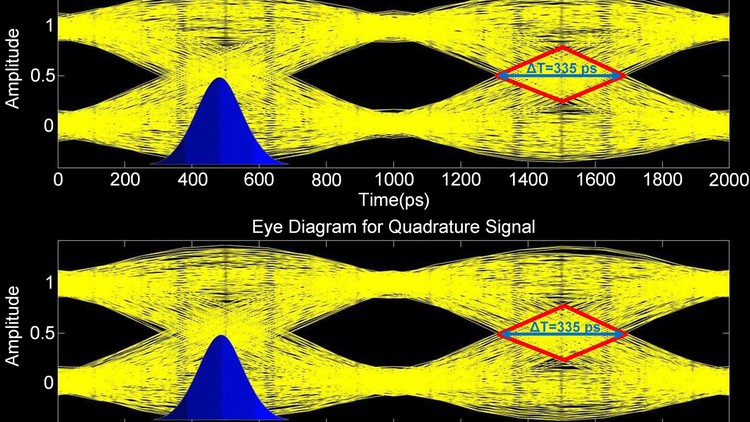
Why take this course?
📚 Course Title: RF Circuits and Systems - Basics of Communication Theory 🚀 Course Number: Course 2 För those eager to dive into the world of Radio Frequency (RF) circuits and systems, this course serves as a critical stepping stone in understanding the fundamental principles of communication theory. With an emphasis on modulation techniques that lay the groundwork for modern wireless communication, you'll gain insights into how information is transmitted over vast distances with clarity and efficiency.
Course Overview:
Welcome to the second installment in our seven-course series dedicated to RF Circuits and Systems. In this course, we will explore the foundational elements of communication theory, with a special focus on modulation schemes that are vital for reliable data transmission.
Key Topics Covered:
- Modulation Basics: Discover how information is encoded onto a carrier signal for transmission over the airwaves.
- Amplitude Modulation (AM): Learn about the simplest form of modulation where the amplitude of the carrier wave is varied in accordance with the baseband signal.
- Phase Modulation (PM) and Frequency Modulation (FM): Understand how these techniques allow for more robust transmission by varying the phase and frequency of the carrier, respectively.
- Digital Modulation Techniques: Dive into the digital era of communication, where symbols composed of multiple bits carry information over RF channels.
- Amplitude Shift Keying (ASK)
- Phase Shift Keying (PSK)
- Frequency Shift Keying (FSK)
- Quadrature Amplitude Modulation (QAM): A powerful method that combines both amplitude and phase modulation, significantly improving spectral efficiency.
- Orthogonal Frequency Division Multiplexing (OFDM): An advanced technique used in everything from WiFi to 4G/5G cellular networks, which allows for high data rates and robustness against frequency selective fading.
Learning Outcomes:
- Gain a comprehensive understanding of the principles of RF communication.
- Learn how to apply different modulation techniques effectively.
- Understand the role of digital modulation in modern communication systems.
- Explore the benefits and challenges of advanced modulation methods like OFDM.
- Develop skills to analyze and design RF circuits for various applications.
Why Take This Course?
This course is essential for students, engineers, and professionals in electrical engineering, telecommunications, or related fields who are interested in the RF domain and its application in modern communication systems. It will equip you with the knowledge to understand and create efficient communication networks that cater to the growing demand for high-speed data transmission.
Course Format:
- Engaging video lectures
- Interactive quizzes and assignments
- Real-world case studies
- Access to simulation tools and software
- Expert instructor support
- Peer discussion forums for collaboration
What's Next?
Upon completion of this course, you will be well-prepared to continue your journey through the subsequent courses in our series, where we will delve deeper into RF design, system performance analysis, and practical applications.
Embark on a transformative learning experience with RF Circuits and Systems - Basics of Communication Theory. Join us as we unlock the secrets of efficient communication over the electromagnetic spectrum. Enroll now and become an expert in RF technologies! 🎓✨
Course Gallery
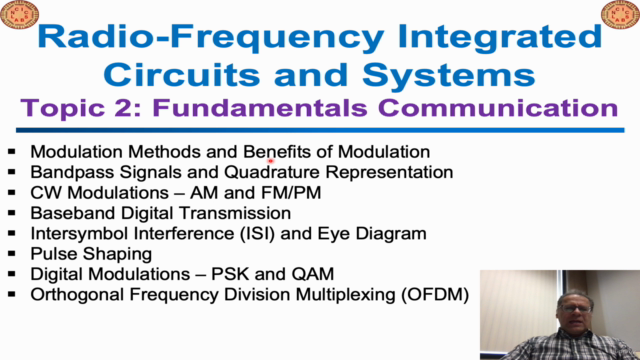
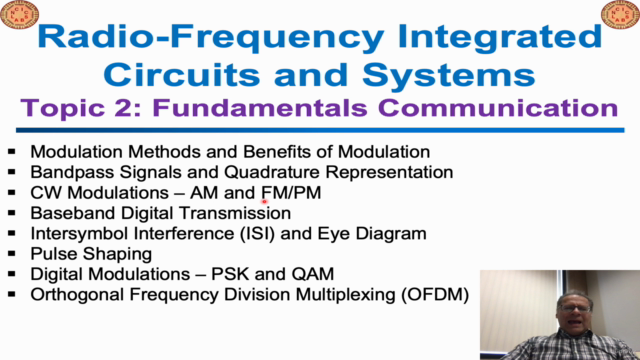
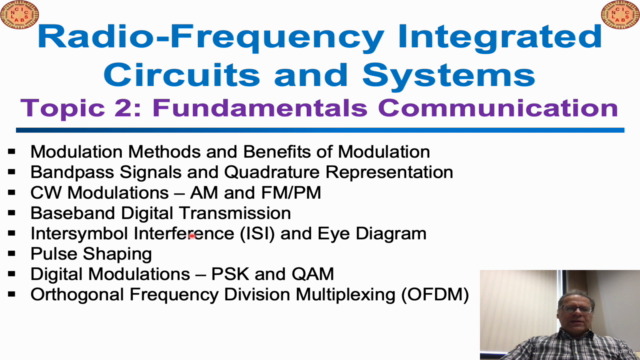
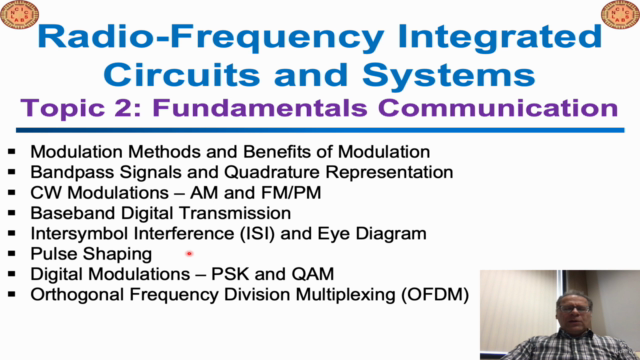
Loading charts...